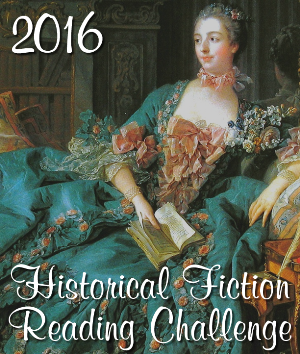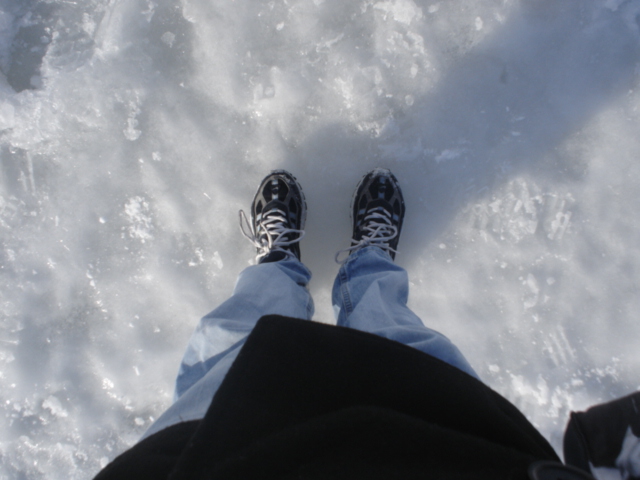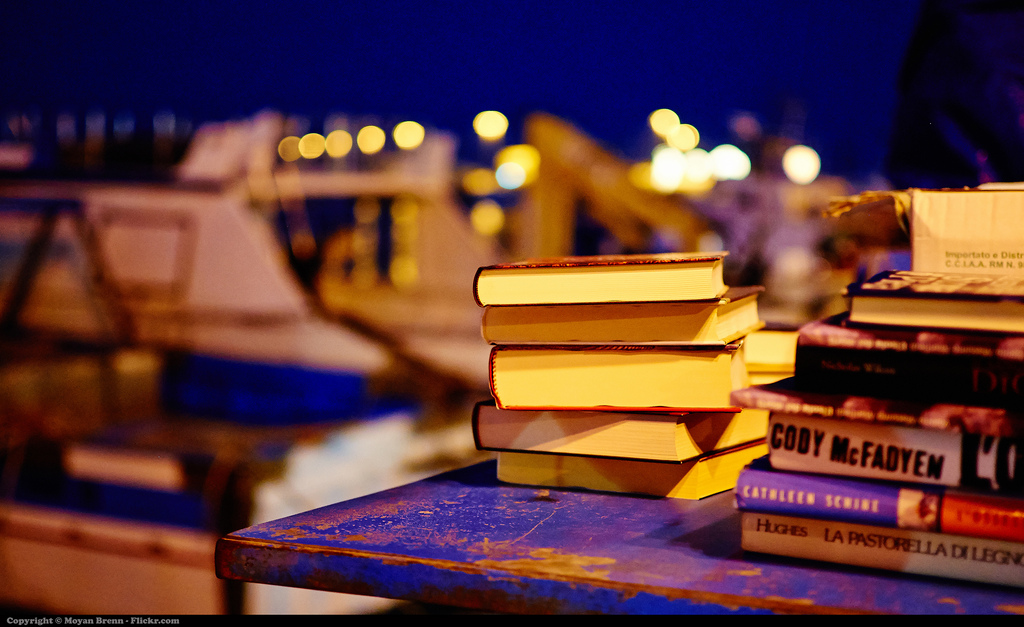I recently had a physical for the first time in years. I know, I know. One of the reasons I went is that I have had some fairly bad pain in my knees, and I was worried I was developing arthritis. Knowing that my pain would likely only get worse, and worrying I might not be able to walk if I didn’t do something, I asked my doctor about it. She checked my knees. She asked me if I sprained my ankles a lot when I was a kid. I think so. I can’t really remember. I do remember hurting my ankle so bad one time playing basketball that I thought I broke it. My friend Darcy managed to help me get home. I also pronate when I walk, which is something I have attributed to my hips. Who knows. She also ordered x-rays just to be sure that I wasn’t developing arthritis and ordered a physical therapy appointment. I have had the x-rays, and I understand that my knees look normal. My physical therapy starts Wednesday.
Anyway, my doctor is really thorough, and she orders a series of blood and urine lab tests for all her new patients. I was a bit surprised to get a phone call from her office the day after I had all my lab work done. I have an under-active thyroid, and she had prescribed levothyroxine for me. The prescription had already been called in to my pharmacist. Minutes later, my pharmacist called to let me know it was ready.
I did some research, and it turns out that a laundry list of what I thought were unrelated physical complaints might all be due to an under-active thyroid. Fatigue, joint pain, some gastrointestinal issues, sensitivity to cold (I am always cold when everyone else is fine), and slow metabolism, most of which I chalked up to “getting older,” if I even thought it was a concern. I didn’t really think there was much I could do about it. I was most concerned about the knee pain because it impacted me most through my day. The fatigue was not negligible. I thought it might be job stress. I am naturally introverted, too, and people wear me out. I am a teacher, and I’m around people all day. My husband was concerned about the fatigue, but I don’t think I remembered to mention it to my doctor. I don’t have as much trouble with it during the summer.
I have been taking my medication less than a week. It’s supposed to take a few weeks before I feel any difference (I thought). But my knees already seem to feel better. I can’t decide if there is real change or if it’s in my head (cue Dumbledore quote from Harry Potter and the Deathly Hallows), but I just walked up and down the stairs today for the first time without thinking my knees were going to give out on me. Even getting up from a sitting position was hard with my knee pain. People asked me often if I was okay. I grimaced and said I was fine. My knees just hurt a little. A lot, really, but I don’t like to trouble others with my issues.
To be honest, my first reaction on hearing I had this condition and that I would have to take medicine, probably for the rest of my life was Here we go. The aging thing starts. Before long I’ll need one of those pill packs so I can put my daily pills in the compartment for each day of the week. I’m not ready for that part of my life. I’ll be 45 next month. Still, if this medicine will make me feel more energetic and just, well, better, I don’t mind.
Sorry for any folks who come across this page Googling “hypothyroidism” and expecting to learn something. I’m no expert. I know a lot more than I did a week ago, though. I have joked with my husband, who is nearly four years older than I am, that I’m older than he is because I felt older. I have gray hair. He doesn’t. I don’t have his energy or strength. He can walk up the stairs without grasping the banister for support. For the first time in a few years, I’m actually hopeful that I can feel a bit more like my old self again.










 Walden Pond in Concord, MA. I have been there before in the dead of winter in February. The pond was frozen over. I took this obligatory picture of my feet standing on the frozen pond. I want to go back some time this summer. I don’t live far, and it’s sad that I haven’t had a chance to go because of an unreliable vehicle, but I have a new car now, and we are road tripping the hell out of this summer. I can’t wait to go to Walden.
Walden Pond in Concord, MA. I have been there before in the dead of winter in February. The pond was frozen over. I took this obligatory picture of my feet standing on the frozen pond. I want to go back some time this summer. I don’t live far, and it’s sad that I haven’t had a chance to go because of an unreliable vehicle, but I have a new car now, and we are road tripping the hell out of this summer. I can’t wait to go to Walden.


